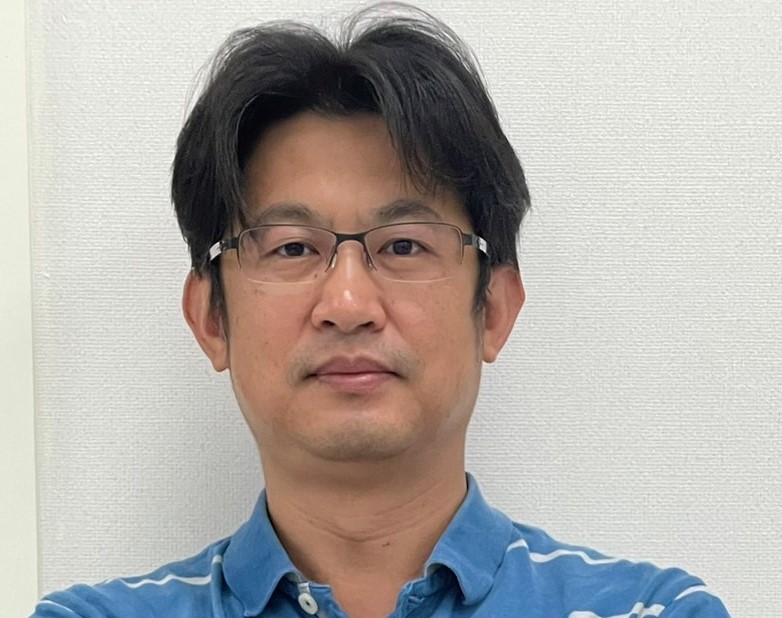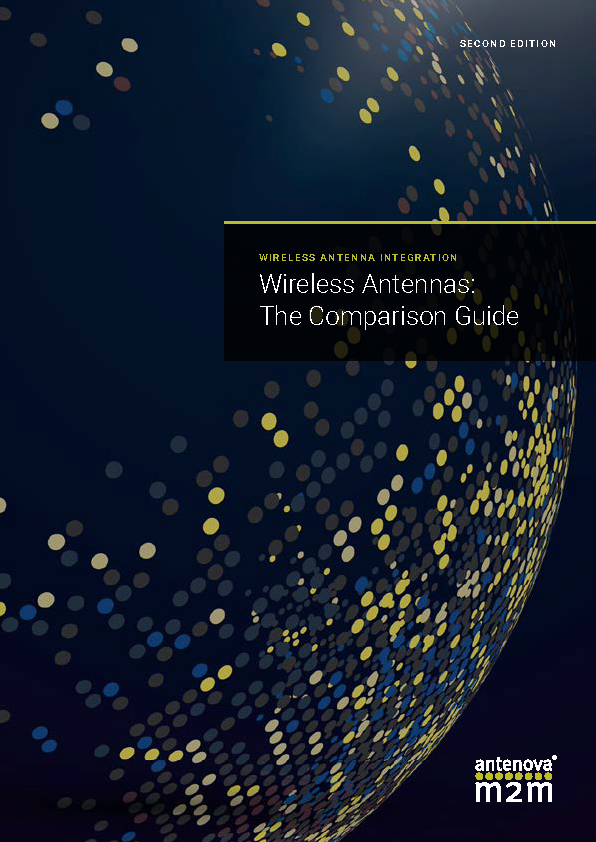It shouldn't be too difficult to pin down the source. If you have access to a spectrum analyzer, a low-noise amplifier and EMC probes, then you'll be in business.
Put the device in an isolated environment. Use a shielded enclosure if you have one.
First, check for spurious emissions with the transmitter OFF. If you pick anything up, then you'll know it's being caused by an oscillator or switching power supply. If that's the case, you'll want to change your layout to accomodate these. There are other ways to shield against it… more on that momentarily.
If you don't spot anything with the transmitter off, try with the transmitter on and push traffic through the transmitter. This should highlight the source if it's not being caused by another radiating part.
And when you've found the source, either change your layout, look at ways to improve your shielding or design-in some more signal filtering.



